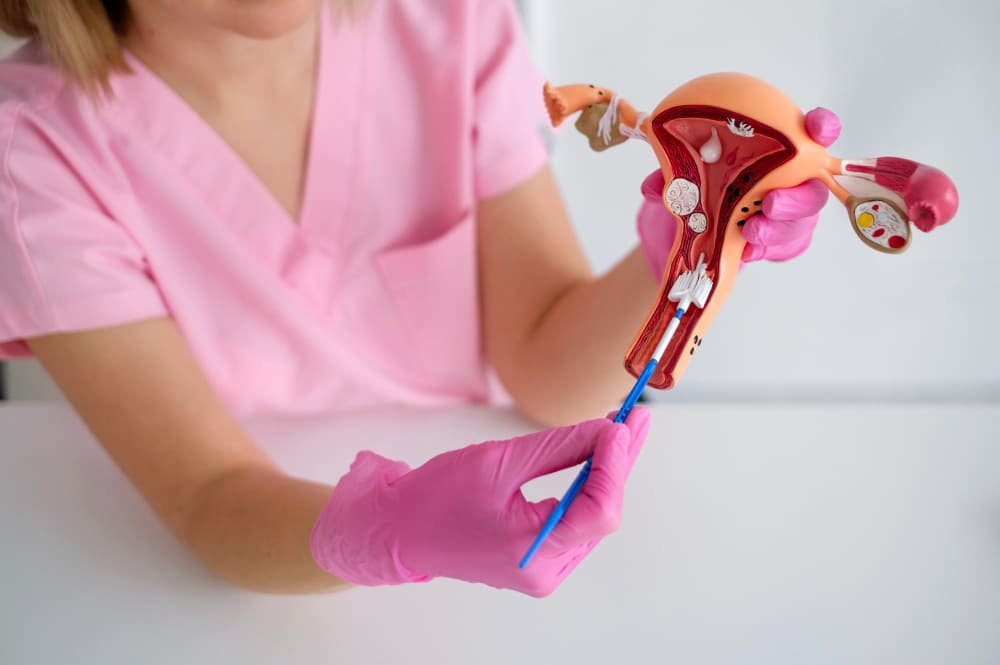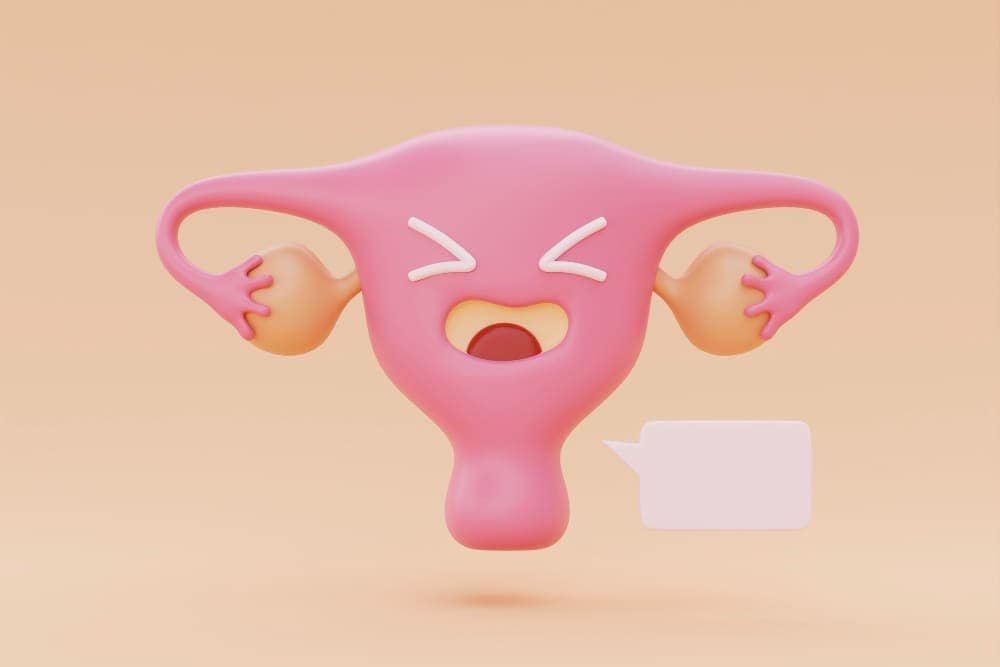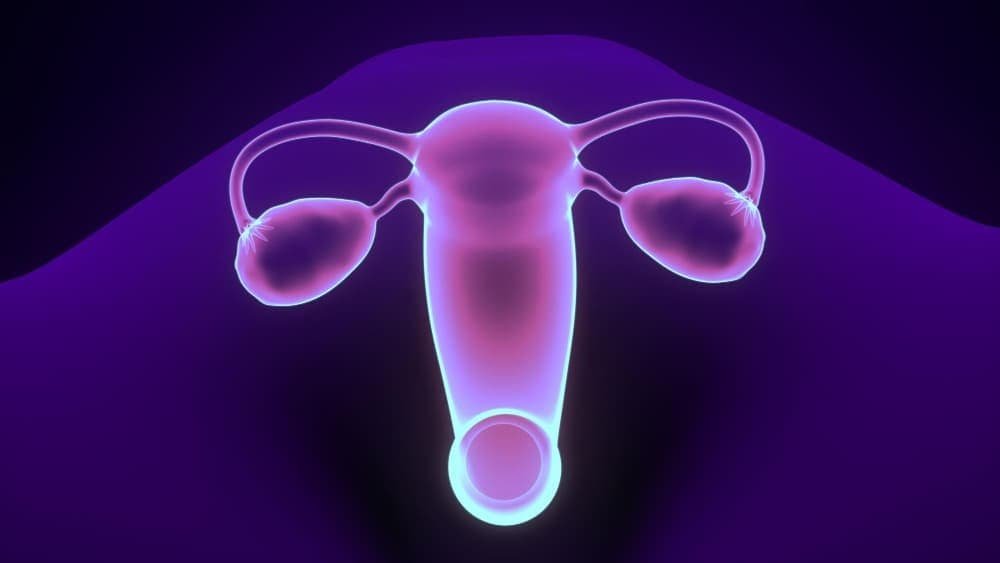Adenomyosis is a condition where the endometrial tissue that normally lines the uterus grows into the muscular wall (myometrium). In its early stage, it often goes unnoticed, but subtle physical changes and pelvic pain can signal the start of this chronic condition. Knowing the early changes of adenomyosis can help women seek treatment sooner and prevent severe complications.

What is Adenomyosis?
Adenomyosis is a benign but painful uterine disease. Unlike fibroids, which form as separate growths, adenomyosis is a diffuse thickening of the uterus wall caused by endometrial cells infiltrating the muscle.
- It can cause an enlarged uterus that feels heavy.
- It often leads to abnormal uterine bleeding.
- Symptoms may vary in severity from mild cramps to debilitating pain.
Early Signs of Adenomyosis
1. Menstrual Changes
One of the first symptoms is heavier menstrual bleeding (menorrhagia). Patients may notice:
- Prolonged periods lasting more than 7 days.
- Passing blood clots.
- Abnormal uterine bleeding between cycles.
2. Painful Cramps and Pelvic Pressure
- Knifelike pelvic pain or painful menstrual cramps (dysmenorrhea) that worsen over time.
- A feeling of fullness or pressure in the lower abdomen.
- Pelvic pain during menstruation or even chronic pelvic discomfort.
3. Adenomyosis Belly
Some women experience visible abdominal bloating, often referred to as an adenomyosis belly. Images online show a rounded, swollen tummy that worsens during periods.
4. Sexual Discomfort
- Painful intercourse (dyspareunia) due to inflammation and pressure.
- Lower pelvic heaviness after sex.
Adenomyosis vs Endometriosis
It’s easy to confuse adenomyosis with endometriosis. Here’s how they differ:
- Adenomyosis: Endometrial tissue grows into the uterus wall.
- Endometriosis: Tissue grows outside the uterus, affecting the ovaries, tubes, and pelvic lining.
Both conditions share symptoms like pelvic pain, infertility, and heavy bleeding, but adenomyosis often causes a uniformly enlarged uterus, while endometriosis causes scattered lesions.
Stages of Adenomyosis
Doctors often classify adenomyosis in stages, similar to endometriosis:
- Stage 1 Adenomyosis: Minimal infiltration, mild symptoms.
- Stage 2: Increased muscle thickening, more severe bleeding.
- Stage 3: Enlarged uterus, significant pelvic pressure.
- Stage 4 Adenomyosis: Severe infiltration of the uterine wall, disabling pain, and infertility.
Early recognition at stage 1 is key to better outcomes.
Should I Be Worried About Adenomyosis?
You don’t need to panic, but you shouldn’t ignore it either. Adenomyosis is a benign condition (not cancer), but it can:
- Cause chronic pelvic pain, heavy bleeding, and infertility if untreated.
- Get progressively worse, moving from mild to more severe stages.
- Interfere with daily life, especially if periods become painful or prolonged.
👉 With early diagnosis and modern treatments such as interventional radiology (uterine artery embolization), many women manage adenomyosis effectively without surgery.
Diagnosis of Adenomyosis
Physical and Imaging Exams
- A pelvic exam may reveal an enlarged, tender uterus.
- Ultrasound helps detect wall thickening or abnormal tissue.
- MRI scans can differentiate between adenomyosis and fibroids.
Common Challenges
- Early stages can be mistaken for fibroids or endometriosis.
- Many women are diagnosed only after years of chronic menstrual pain and bleeding.
Symptoms of Adenomyosis: A Complete List
- Severe pelvic cramps (dysmenorrhea).
- Heavy menstrual bleeding with clots.
- Abnormal bleeding between cycles.
- An enlarged uterus is causing bloating.
- Painful sex (dyspareunia).
- Infertility or difficulty conceiving.
- Chronic lower back or abdominal pain.
Treatment Options for Adenomyosis
1. Hormonal Therapy
- Oral contraceptives or hormonal IUDs may reduce bleeding.
- Progesterone therapy helps balance endometrial tissue growth.
2. Pain Relief
- NSAIDs (non-steroidal anti-inflammatory drugs) for menstrual cramps.
- Lifestyle changes like exercise and heat therapy for symptom relief.
3. Surgery
- Hysterectomy is considered a final solution, but it comes with long-term consequences such as infertility and hormonal changes.
4. Interventional Radiology: The Modern Alternative ✨
Dr. Samir Abdel Ghaffar, consultant in interventional radiology, offers uterine artery catheterization (UAE). This technique:
- Cuts the blood supply to the affected tissue.
- Leads to the shrinking of adenomyosis areas without removing the uterus.
- It is done under local anesthesia.
- Allows patients to return to normal life within days.
This method avoids the risks of major surgery and preserves fertility whenever possible. 🌿
Living with Adenomyosis
- Track your menstrual cycles and symptoms.
- Seek medical advice early if you notice heavy menstrual bleeding or worsening cramps.
- Ask your doctor about non-surgical options like interventional radiology.
⏳ How Quickly Can Adenomyosis Develop?
- Adenomyosis tends to develop gradually over months to years, not suddenly.
- Early changes may go unnoticed until symptoms increase with age, especially in women aged 30–50.
- Hormonal factors, pregnancy, and uterine surgery (like C-sections) may accelerate its growth.
- Severity and speed of progression vary: some women stay stable for years, while others see rapid worsening of symptoms.
✅ Bottom line: Stage 1 adenomyosis is manageable, and catching it early makes treatment easier. You should discuss your symptoms with a specialist, especially if you’re experiencing heavy menstrual bleeding, knifelike pelvic pain, or infertility concerns.
Frequently Asked Questions (FAQs)
What are the early symptoms of adenomyosis?
Heavy menstrual bleeding, worsening cramps, bloating, and pelvic pain.
What is Stage 1 Adenomyosis?
Stage 1 adenomyosis is the earliest form of the condition, where a small amount of endometrial tissue starts invading the myometrium (the muscle wall of the uterus).
- Symptoms may be minimal or mild, such as slightly heavier periods, mild cramps, or pelvic pressure.
- The uterus is often not yet significantly enlarged, making it harder to detect without an ultrasound or MRI.
How I cure my adenomyosis?
Many patients report relief through uterine artery embolization (UAE), hormonal therapy, or lifestyle changes.
Can adenomyosis turn into cancer?
Adenomyosis itself is not cancerous, but symptoms may resemble uterine cancer. Always consult your doctor for a proper diagnosis.
What is the best treatment for adenomyosis?
Interventional radiology (UAE) is considered one of the most effective, minimally invasive treatments today.
Conclusion
The early changes of adenomyosis often start with subtle but disruptive signs like heavy menstrual bleeding and painful cramps. Recognizing them early can help women seek treatment and improve their quality of life.
For patients looking for a non-surgical, effective solution, uterine artery catheterization performed by Dr. Samir Abdel Ghaffar offers hope and healing without the risks of surgery. 💙

 العربية
العربية 


